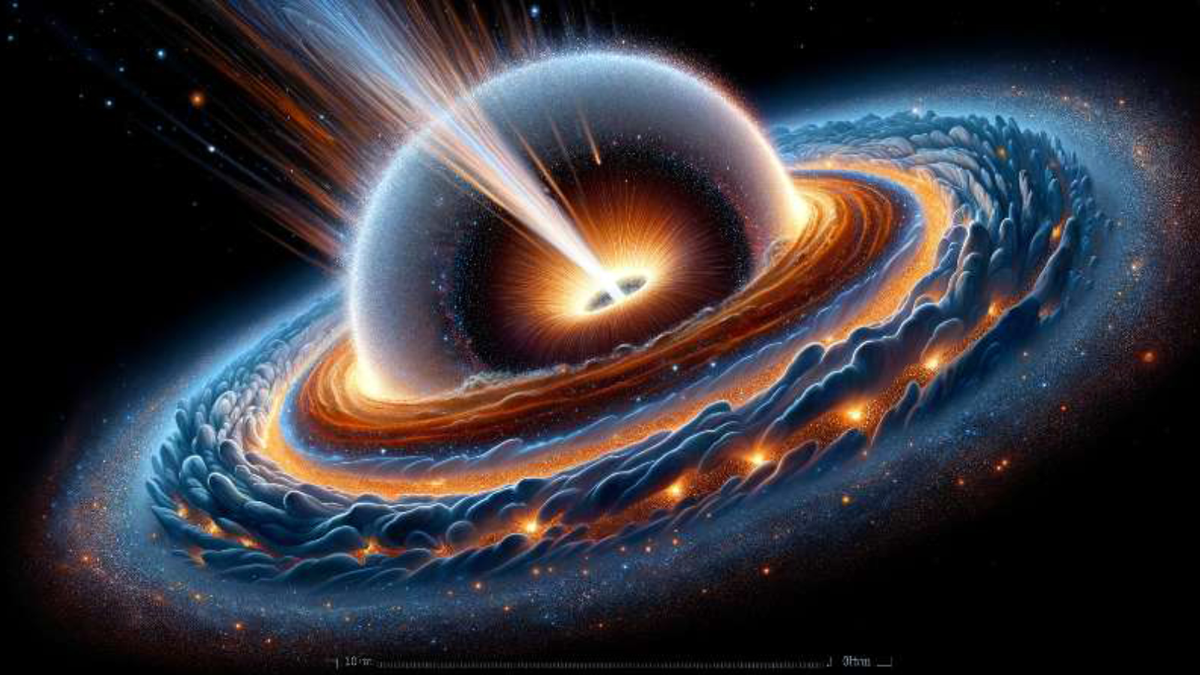Astronomers have unearthed a previously undiscovered origin of cosmic dust, which serves as the fundamental material for stars’ formation.
This newfound cosmic dust is generated through a specific type of cosmic explosion resulting from a dead star stripping material from its stellar companion and interacting with surrounding gas. These occurrences are known as “Type 1a supernovas,” recognized for their consistent light output used for measuring cosmic distances by astronomers.
The significance of cosmic dust formation in astronomy cannot be overstated. Lifan Wang, an astronomer from Texas A&M University and a member of the international team, emphasized its vital role in understanding various cosmic phenomena. Wang stated that the formation of cosmic dust is intricately linked to all aspects of the universe, making it a key focus of contemporary astronomical missions.
While previous studies have associated supernovas with cosmic dust creation, the focus has primarily been on “core-collapse supernovas.” These events transpire when a massive star depletes its nuclear fusion fuel, leading to a core collapse that results in the birth of a black hole or a neutron star, accompanied by a supernova explosion that disperses the star’s outer layers.
However, core-collapse supernovas are not observed in elliptical galaxies, posing a challenge for astronomers in understanding the origin of dust in such galaxies. Wang and the team proposed a solution, suggesting that the dust in elliptical galaxies may originate from white dwarfs feeding on a cosmic companion before undergoing a thermonuclear explosion.
The research sheds light on the posthumous existence of white dwarfs, which are remnants of smaller stars that lack the mass required for complete collapse, evolving into white dwarfs instead of black holes or neutron stars. In binary systems, where white dwarfs coexist with companion stars, material transfer occurs, leading to the accretion of matter onto the white dwarf’s surface and eventually triggering a Type 1a supernova.
Observing the supernova SN 2018evt over three years using various instruments, including NASA’s [ppp1] and the [ppp2], the team detected the formation of dust resulting from the collision between the supernova and material ejected by stars in the binary system. This dust production, indicated by changes in brightness across different wavelengths, was estimated to be substantial, equivalent to a significant fraction of the sun’s mass.
The study underscores the role of white dwarfs in the cosmic cycle of star birth and destruction, planetary formation, and the potential origins of life. By unraveling the mechanisms of dust creation, astronomers gain insights into the intricate processes shaping the universe, from stellar deaths to the birth of new planetary systems.
The findings, published in the journal [ppp3], highlight the transformative impact of cosmic dust, symbolizing the commencement of creation following the demise of stars.
